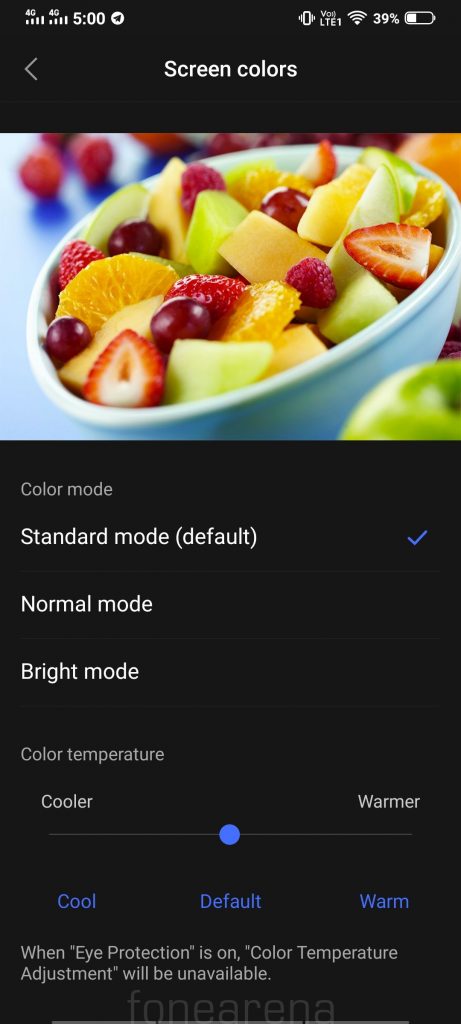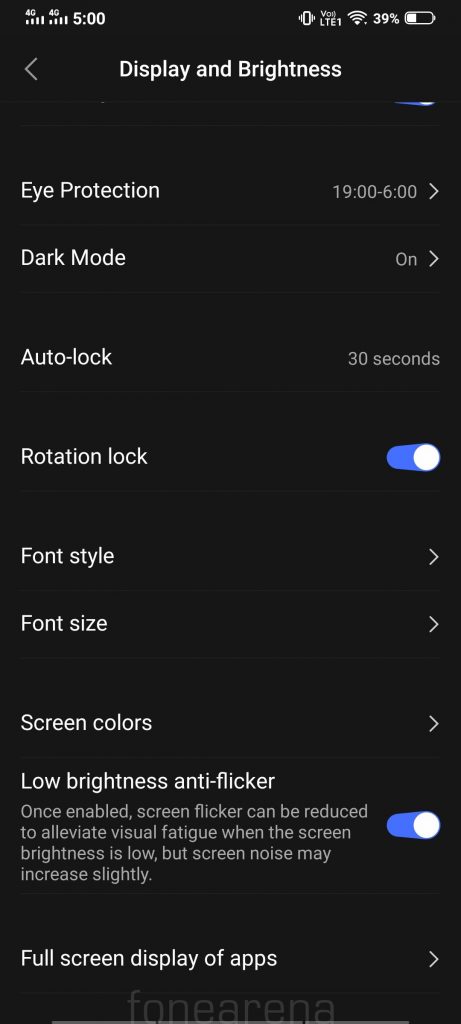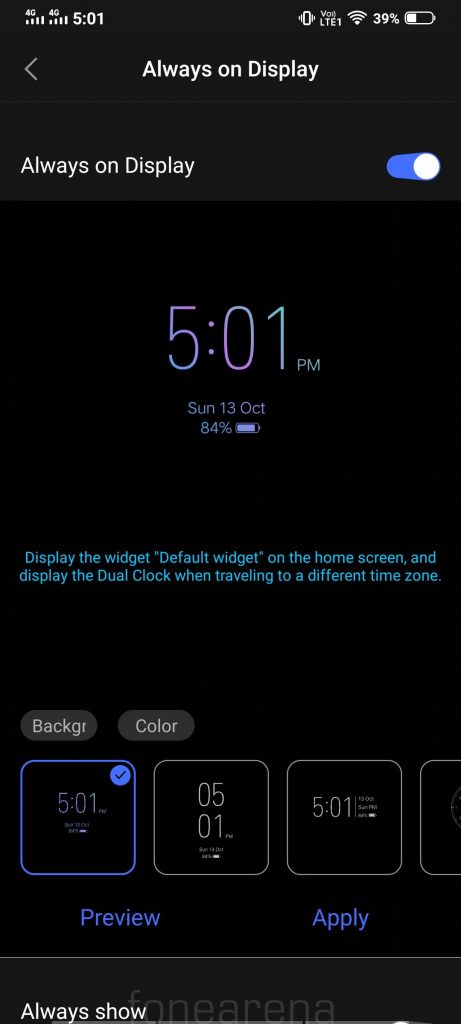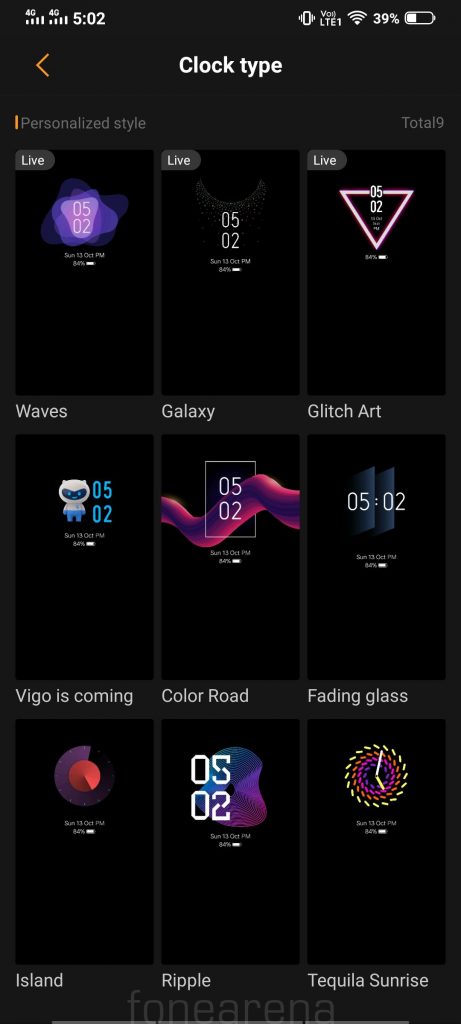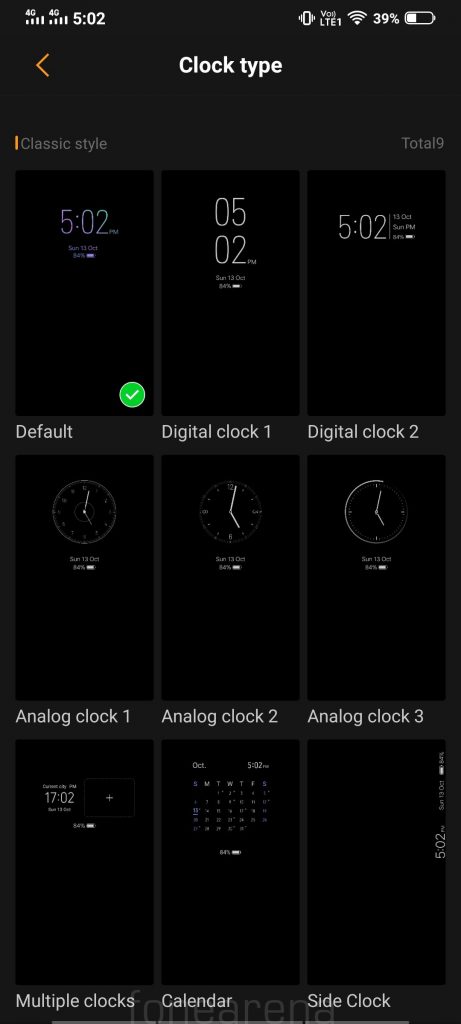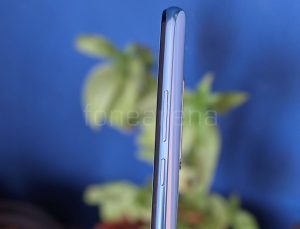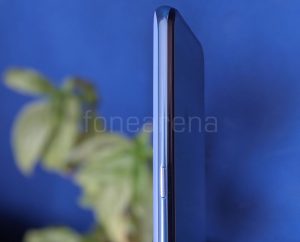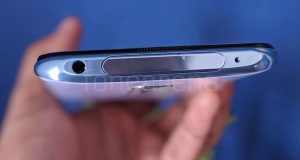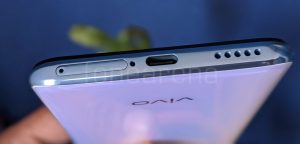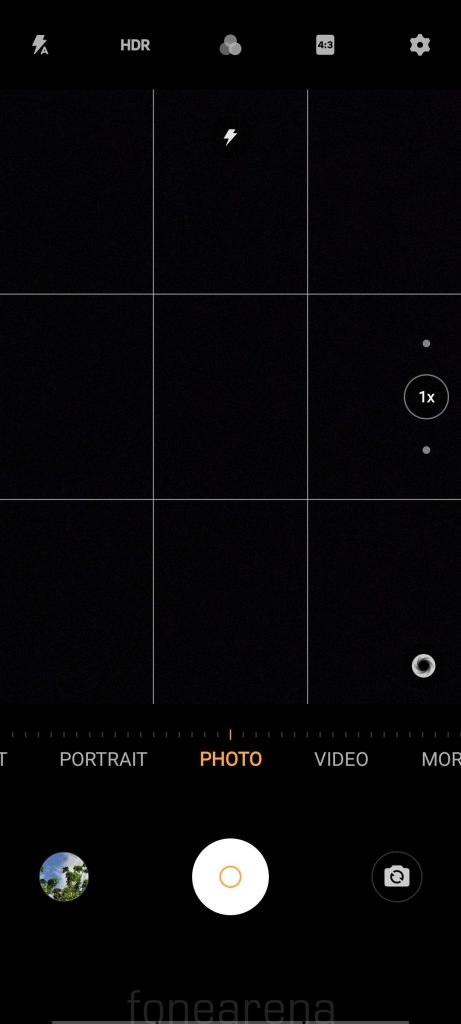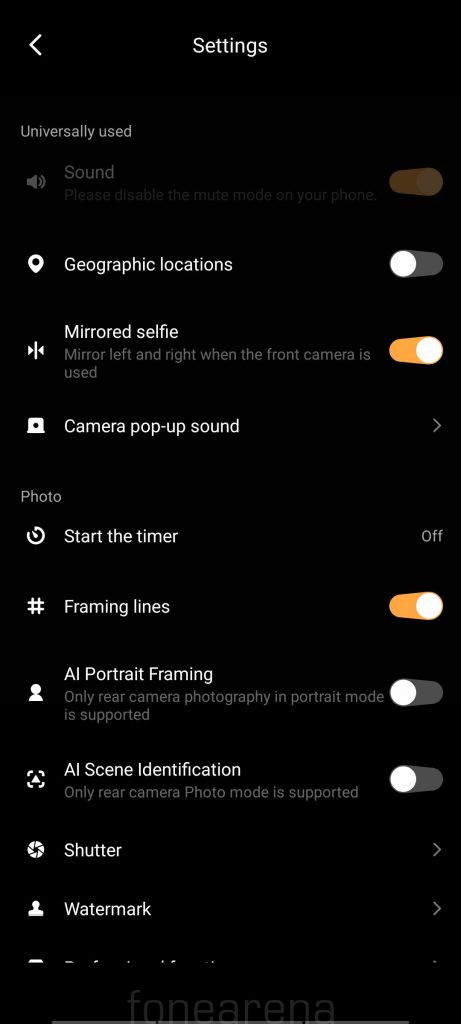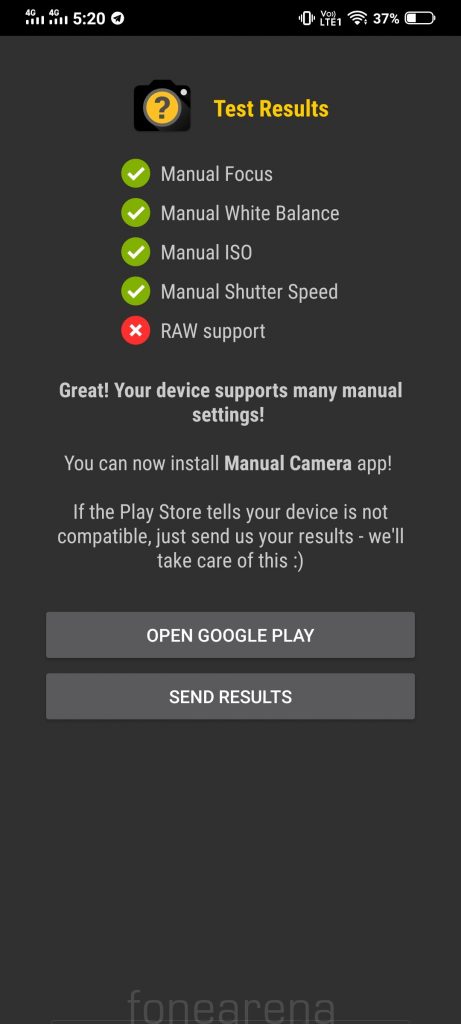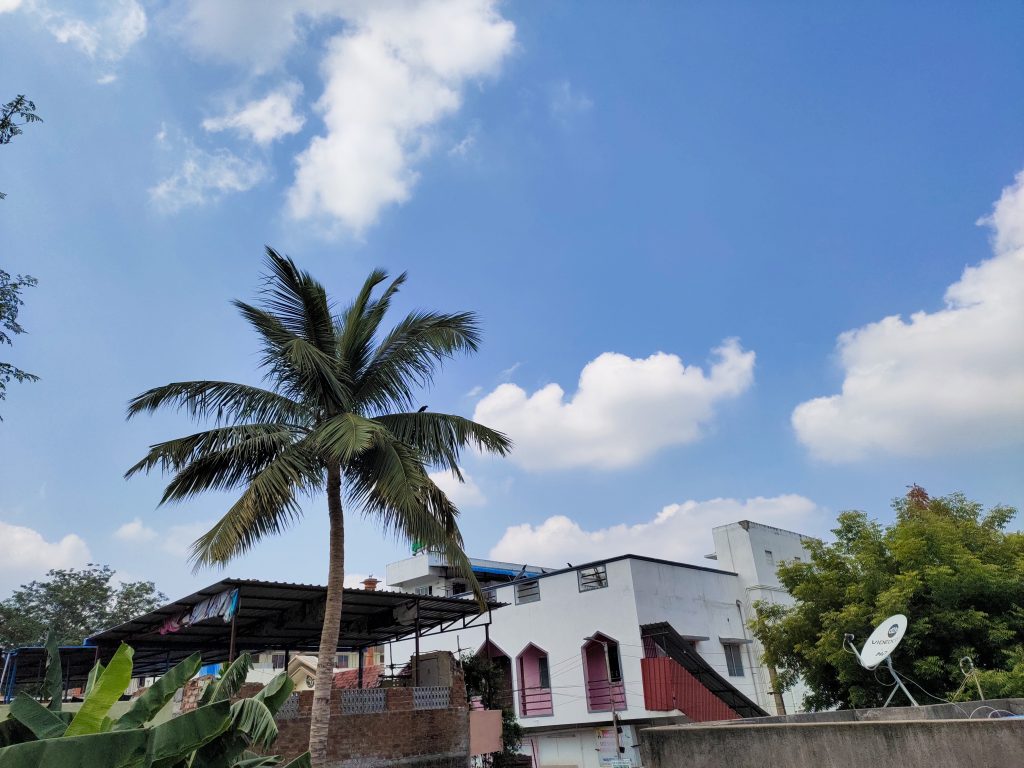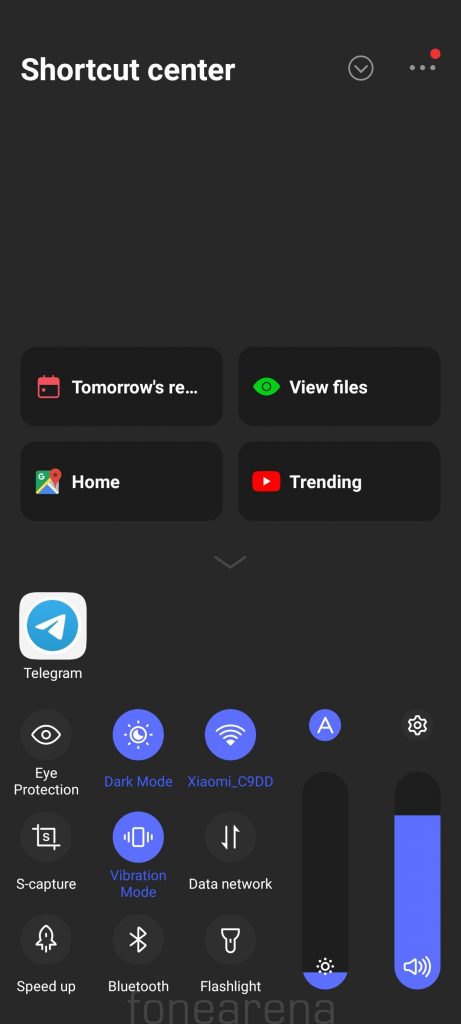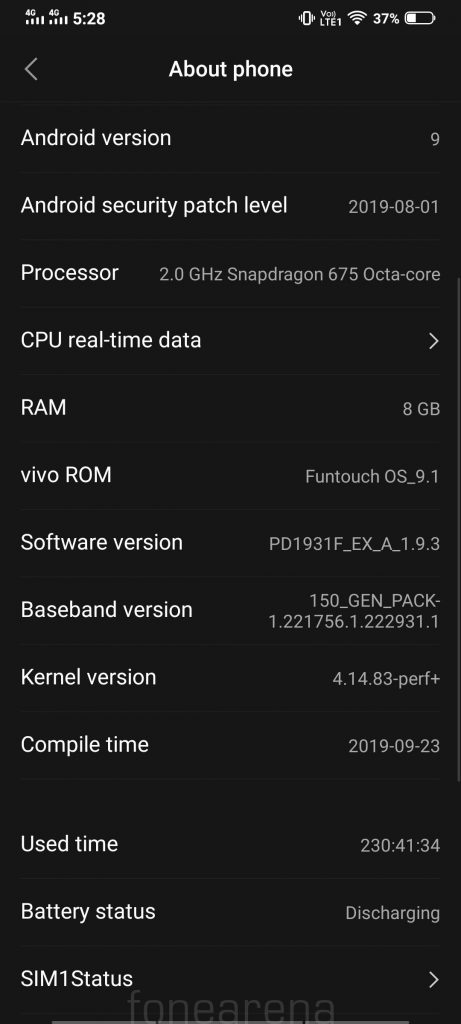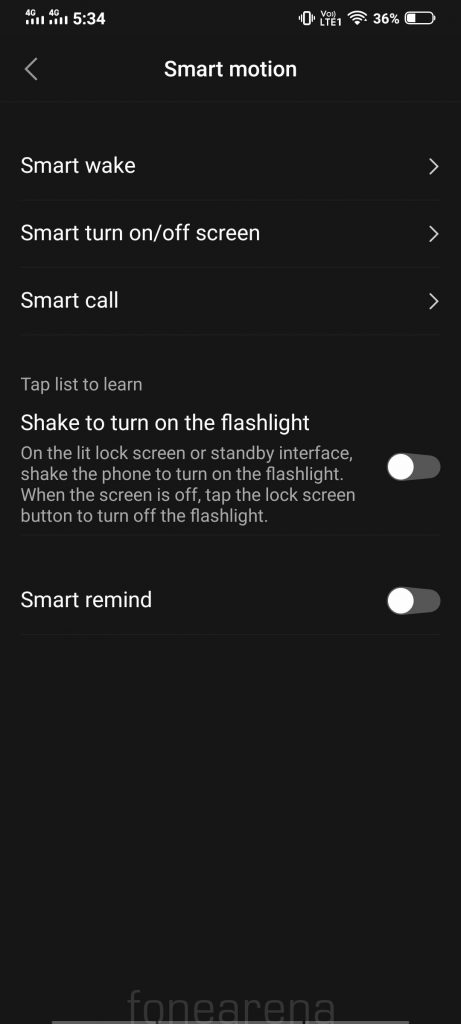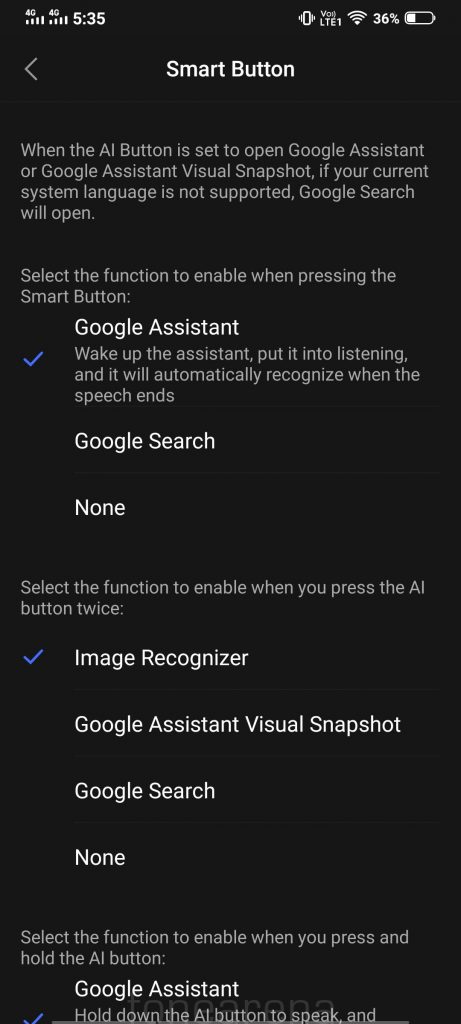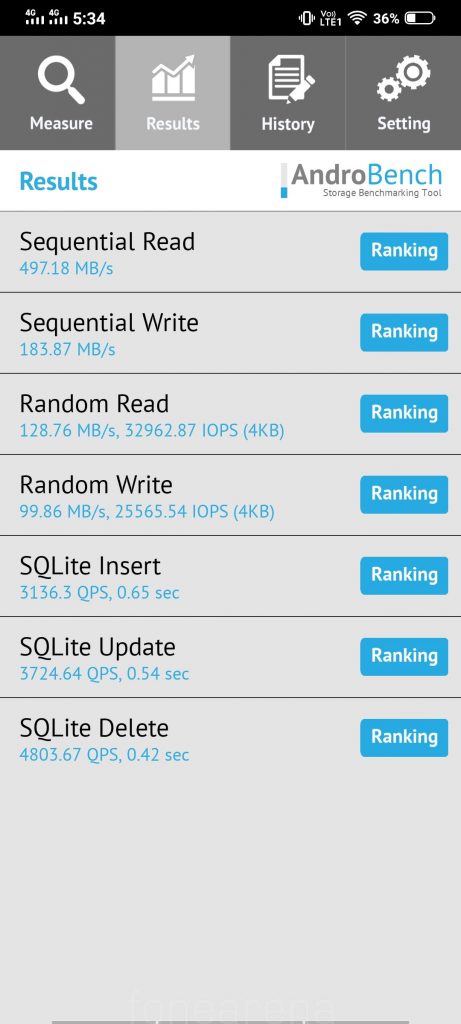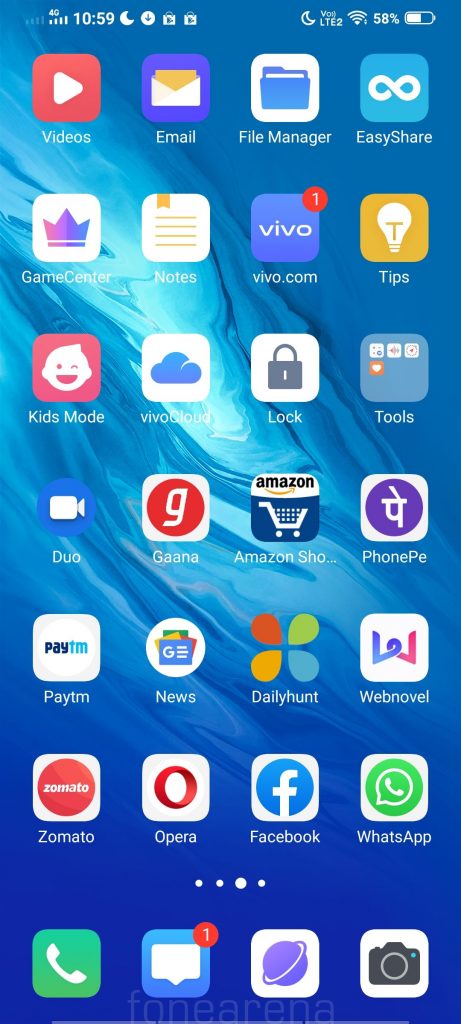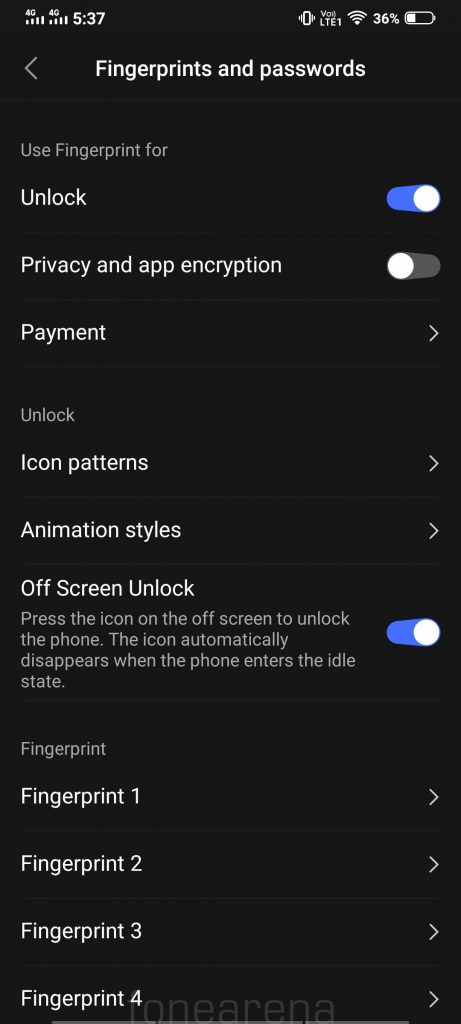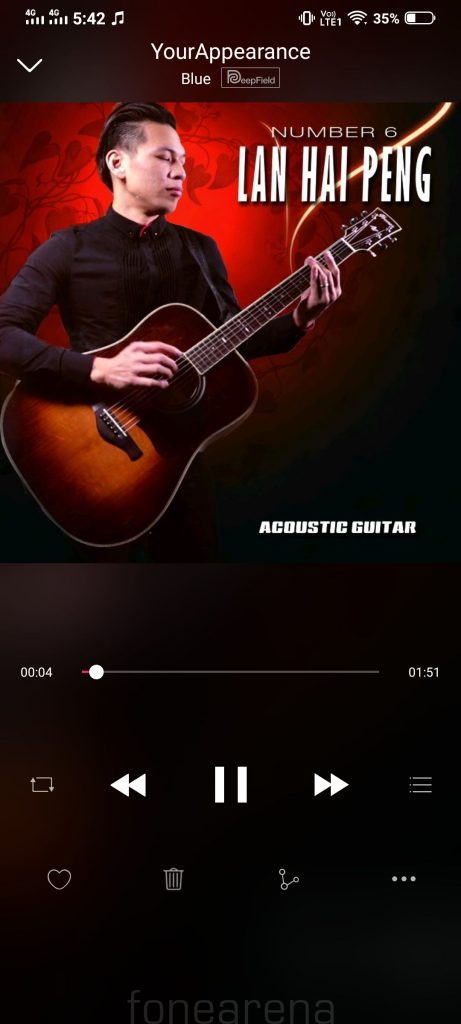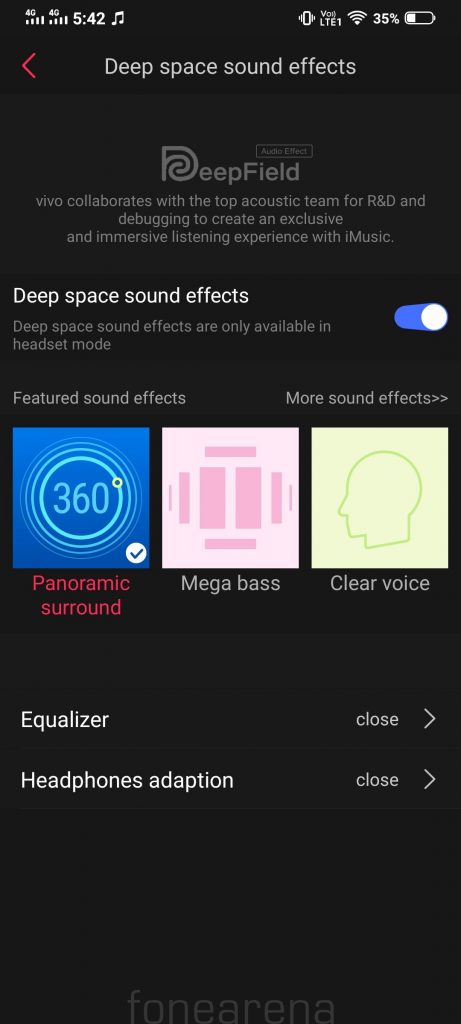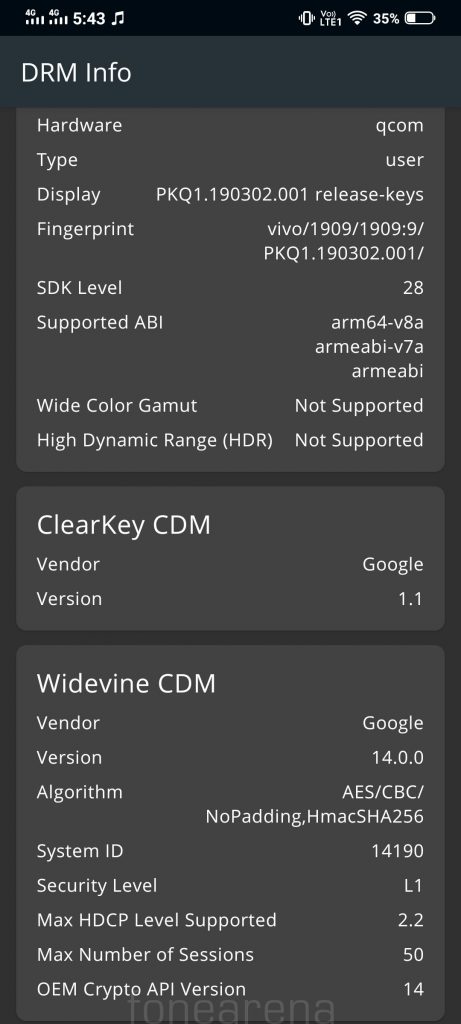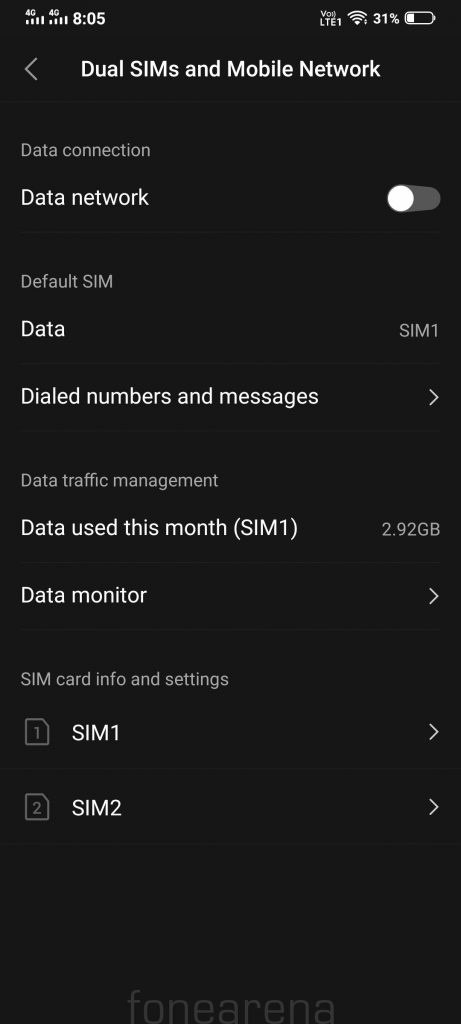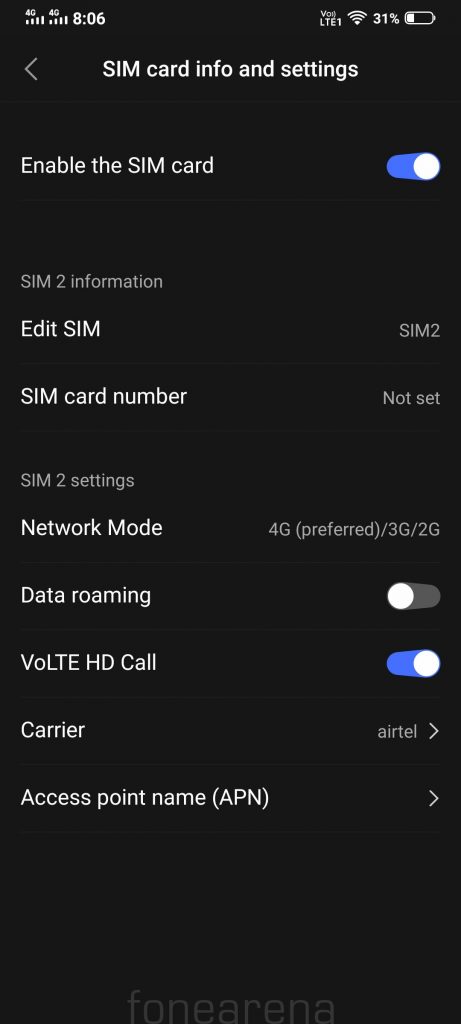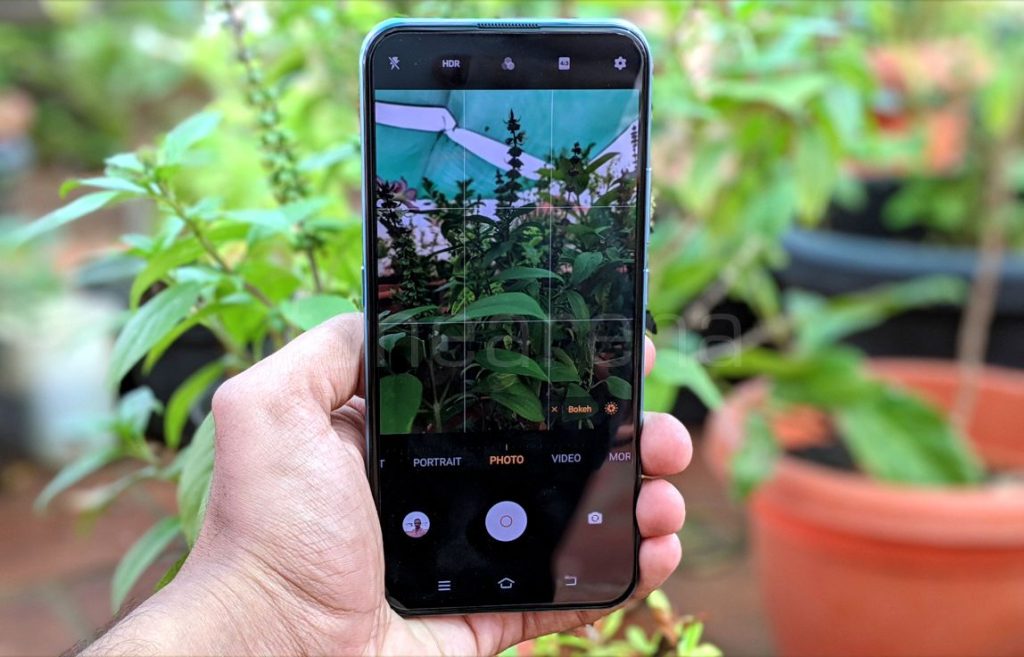
Vivo launched the V15 Pro with a no-notch design, in-display fingerprint sensor and a pop-up camera in India, earlier this year. After few months, the company launched the V17 Pro, an upgraded version, which retains all these, but with larger display, better cameras, slightly bigger battery, and finally USB type-C port. This is good in terms of innovation, and the specifications look good on paper, but is the phone worth the price of Rs. 29,990? Let use find out in the review.
Box Contents
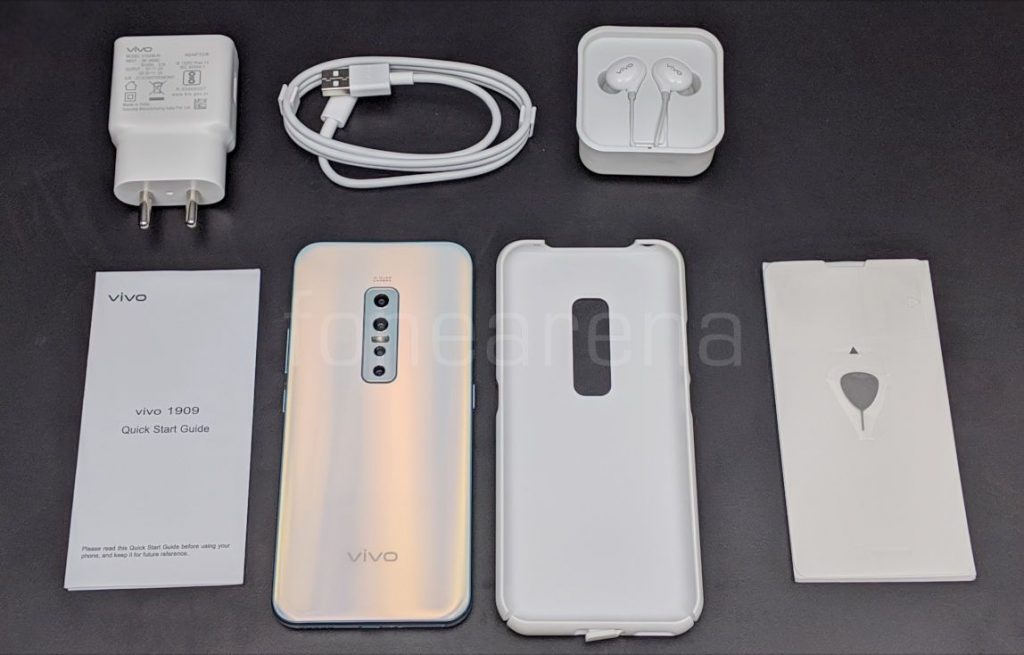
- Vivo V17 Pro smartphone in Glacier Ice color
- 2-pin fast charger (5V-2A / 9V-2A)
- USB Type-C Cable
- Earphones with microphone
- SIM Ejector tool
- Protective case
- User manual and warranty information
Display, Hardware and Design
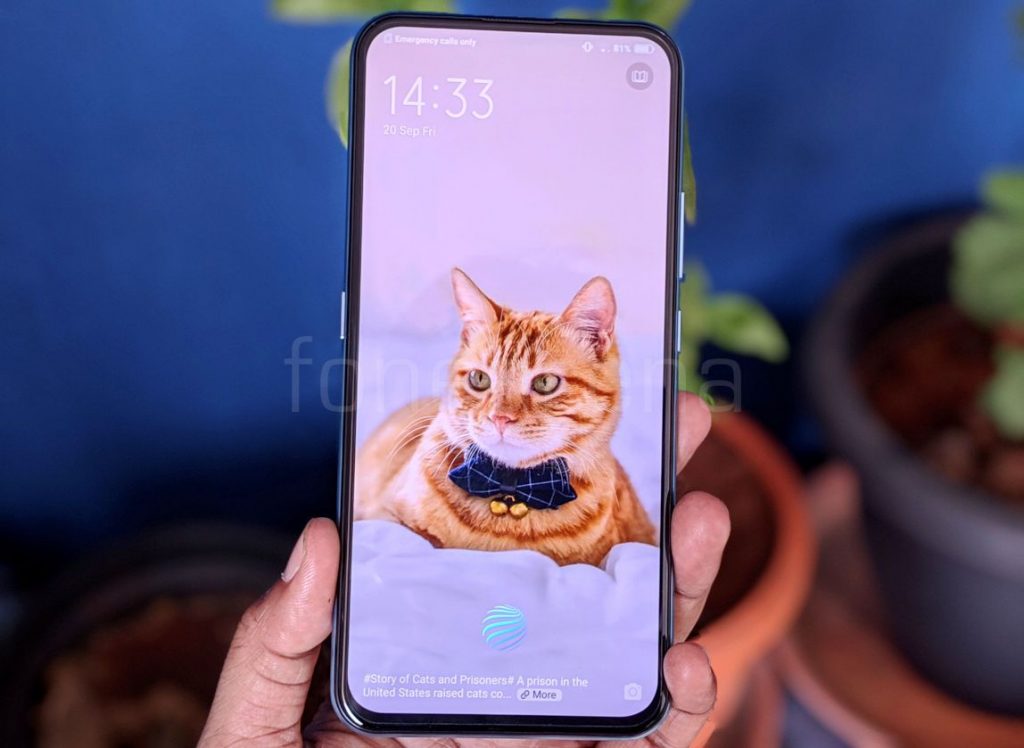
The phone packs a large 6.44-inch 20:9 asopect ratio Super AMOLED 2.5D curved glass screen with gentle rounded corners. It is a Full HD+ Ultra FullView Display with a pixel resolution of 2400 × 1080 pixels and a pixel density of about 409PPI. The display is bright and the colors are vibrant since it has 100% P3 color gamut coverage. Sunlight legibility is good as well. Overall the display is gorgeous to look, thanks to the no-notch design and minimal bezels on the sides and the bottom. The company says that it uses SCHOTT Xensation Glass protection, which is better than competing glass.
You can adjust the display color temperature from the display settings, and there is also eye protection option that cuts out the blue light emitted from the smartphone that causes strain to eyes and also affect the sleeping cycle. You also get DC Dimming in the form of ‘Low brightness anti-flicker’ which reduces screen flicker when the screen brightness is low, but it says that this might increase the screen noise. There is also a dark mode option that changes the phone UI and UI of the built-in apps and some third-party apps to dark, but this looks weird in apps like WhatsApp and Instagram.
Since this has an AMOLED display, there is always on display option that shows a widget with lock, date and battery percent on the lock screen. You can choose different styles, and some styles also have live animations, but this might drain some battery. Using the default clock style drained around 3% of battery overnight during my usage, which is acceptable.
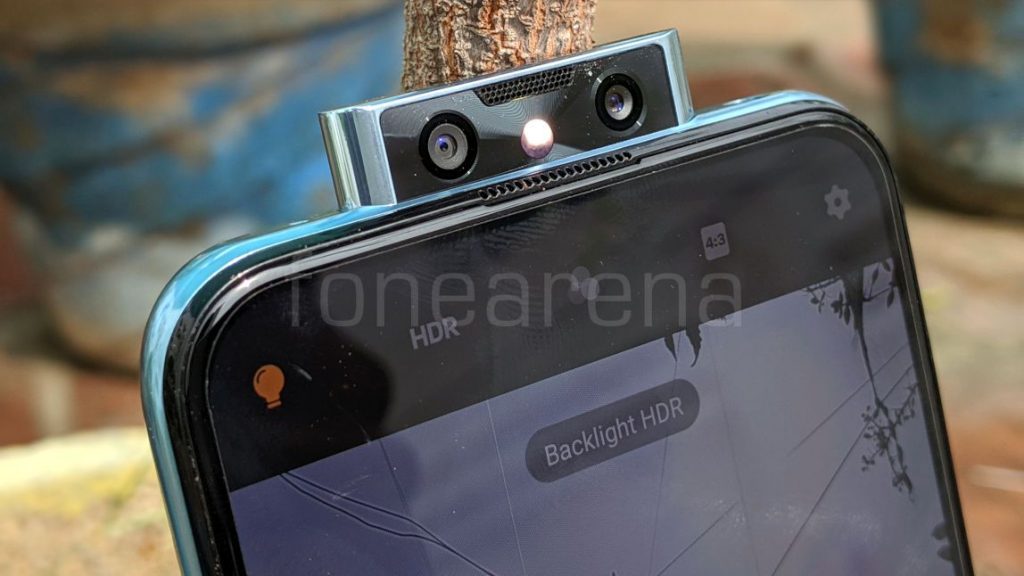
Above the display there is an earpiece on the top edge. There is a pop-up module with dual cameras along with LED flash. The proximity and ambient light sensors is present are hidden under the screen. It also has a gyroscope and a magnetic sensor, otherwise known as a magnetometer. The phone doesn’t have a notification LED, so you have to manage with always on display.
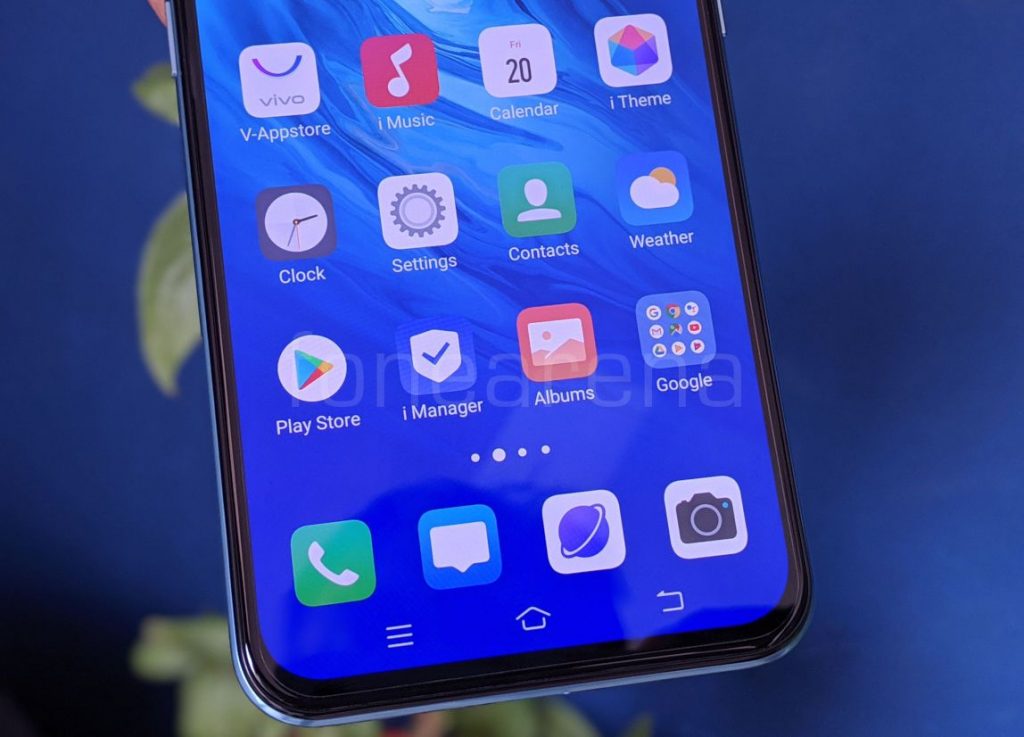
There is a small bezel below the display. You can also see the area where the in-display fingerprint scanner is present, when the screen is off.
Coming to the button placements and slots, the power button and the volume rockers are present on the right side. On the left there is a smart button on the left to launch the Google Assistant easily. On the bottom there is a dual SIM slot, microphone, USB Type-C port and the loudspeaker grill. At the top there is a 3.5mm audio jack, pop-up module and a secondary microphone. Similar to the predecessor, this doesn’t have a microSD slot, but 128GB storage should be enough for most.
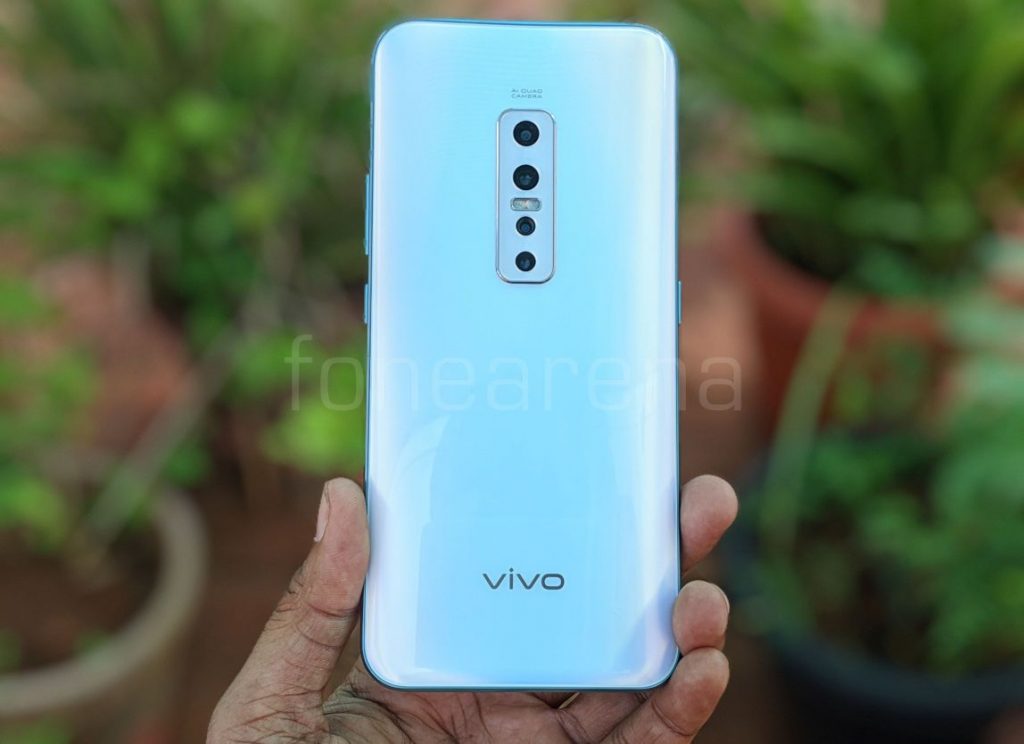
The glass back has a glossy finish with gradient look, and has Corning Gorilla Glass 6 protection. It looks premium and feels solid in hand, but it can attract fingerprints easily. The location of the camera strip has a small bump, which not noticeable when you use the case. The protective case which comes bundled with the phone offers good protection, and also extends outside, so it protects the screen. We have the Glacier Ice color version, and the phone also comes in Midnight Ocean version.
The phone measures159x74.7×9.8mm dimensions, which is good for a phone with a 6.44-inch screen, thanks to minimal bezels. Vivo says that it has 91.65% screen-to-body ratio, but it is around 84% in reality. It is a bit heavy at 201.8grams, mainly due to the 4100mAh battery under the hood and the pop-up cameras.
Camera
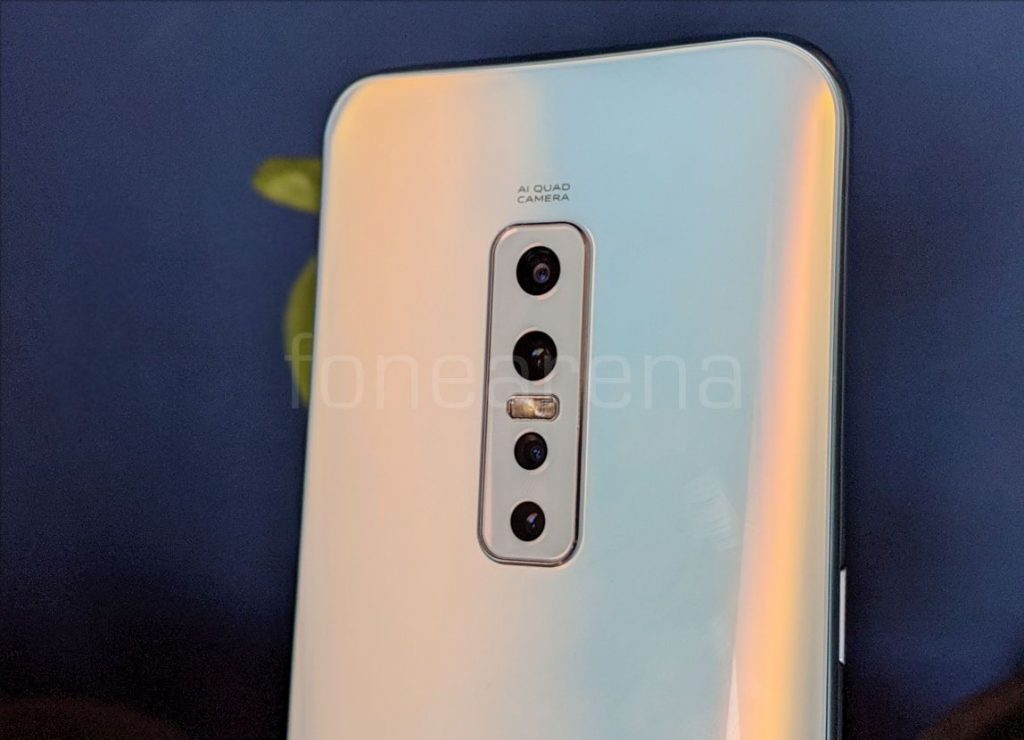
The V17 Pro packs a 48-megapixel primary rear camera with Sony IMX582 sensor, f/1.79 aperture, 8-megapixel 120° wide-angle camera with f/2.2 aperture that can also shoot 2.5cm macros, 13-megapixel Telephoto lens for 2X Optical zoom, 10X digital zoom, f/2.5 aperture, and 2-megapixel camera with f/2.4 aperture to capture depth information in portrait shots. It has a 32-megapixel front camera with f/2.0 aperture, which is housed inside notch. On the front, in the pop-up module 32-megapixel camera with f/2.0 aperture, LED flash and an 8-megapixel 105° ultra wide sensor with f/2.2 aperture.
The camera UI is simple with toggles for flash, HDR, Filters / Portrait lighting, aspect ratio selection along with settings button, which is a new button that has all the options, unlike the other Vivo phones. On the bottom there is an option to switch between ultra-wide camera, bokeh and super macro. Below that there is an option to switch camera modes that include Night, Portrait, Photo, Video, and more option, which has 48MP mode, Panorama, Live Photo, Slo-mo, Time-Lapse, Pro (To manually adjust Exposure, ISO (up to 3200), Shutter speed (1/12000 to 30 seconds), white balance and focus), AR Stickers, Jovi AI and Doc mode. Below that there is an image preview button, shutter key and front and rear camera toggle. The phone also supports Camera2 API by default so Google Camera ports for advanced editing, but it doesn’t support RAW capture.
Coming to the image quality, day light shots are good, and it is recommended to enable HDR option which automatically switches on HDR according to the shot, so that the dynamic range is good. The camera can focus quickly. Macro shots are good with good amount of blur even in closeup shots, and the super-macro mode is even better. Wide-angle camera is useful, but the image quality is not the best since it uses a smaller 8-megapixel sensor. It offers 108° image capture after accounting for distortion, even though the phone 120° lens. Images are automatically optimized according, which is good. There is a 13-megapixel telephoto lens offers 2x optical zoom, which is good, but the 10x digital zoom, is just software so you can’t expect the quality. It uses the 2MP camera to blur the background for portrait shots, which is good in terms of edge detection, but it could have been better. Low-light images are decent, but there is noise, and the night mode is pretty good, thanks to the 48-megapixel sensor.
The 32-megapixel front camera is pretty good and sharp. The 8-meapixel 105° ultra wide sensor is useful if you want to take wide-angle selfies. There is also portrait blur option for the front camera. It also has HDR support and AI beautification with a lot of customizable options. Overall, the camera is good.
Check out the camera samples below (Click the image to view the full resolution sample).
Super macro

It can record videos at 4k resolution at up to 30 fps and 1080p at 60 fps. You can also shoot videos using the ultra-wide camera at 1080p 30fps but the content is not that crisp due to the smaller sensor. Video quality is good. It also has 720p slow-mo and time-lapse options in the video settings. Check out the samples below.
Software, UI and Apps
Coming to the software, the phone runs on Android 9.0 (Pie) with Android security patch for August 2019 and Funtouch OS 9.1 on top. Vivo keeps pushing updates frequently improving things, which is good. The company did not say when the phone will get Android 10 update. Compared to Funtouch OS 4.5 in older phones the Funtouch 9.1 comes with a new UI design and color combination. It also finally brings Search function in the Settings. It still has iPhone-like gestures and Jovi Smart Scene assistant when you swipe to the left showing several cards. You still need to drag from the bottom to access the panel for toggle. You can disable the navigation buttons and use gestures.
It has Motorbike mode that can auto reject calls and mute notifications, has smart wake, smart turn on / off screen, on-handed mode, app clone and a lot of features. The updated Game cube supports more functions, such as Prevent accidental touches and Game picture-in-picture and more. The AI or Smart button lets you wake up Google Assistant, you can customize it to launch the Google Search instead and double press can be configured to launch Image Recognizer, Google Assistant Visual Snapshot or Google Search. You can also disable the button completely, but you can’t configure it to launch other functions or apps.
Out of 8GB of RAM about 7.6GB is usable, out of which 5.4GB is free when the default apps are running in the background. Out of 128GB of UFS 2.1 storage, 111GB is free out of the box. We got about 500Mbps sequential read speed on Android Bench, which confirms that it is UFS 2.1 storage. Apart from the usual set of utility and Google apps, it comes pre-loaded with a lot of apps such as Facebook, WhatsApp, Opera, Amazon, Dailyhunt, PhonePe and Zomato. These apps can be uninstalled, but they come back after reset.
Fingerprint Sensor and Face unlock
The phone has an in-display fingerprint sensor which immediately unlocks phone just by keeping your finger on the sensor. The company says that it can unlock in 0.48 seconds, which is an improvement compared to older generation in-display fingerprint scanners. There are seven different animation styles that is display when you unlock, and two icon patterns, but you can’t disable the animation. The phone also has assistant face unlock that can unlock the phone by scanning 1024 facial points, after three failed attempts using fingerprint unlock. This is not as secure as fingerprint since it can be unlocked with a photo and also doesn’t work if you use sunglasses or hats. This takes a second since this is a pop-up camera.
Music Player and Multimedia
The default Music Player also has equalizer and DeepField sound effects. It doesn’t have FM Radio support. Audio through the speaker is quite loud and cleary. Since the speaker is present on the bottom, audio doesn’t get muffled when the phone is on a flat surface. Audio through bundled earphones is good as well. This has Widevine L1 so that you can play HD content on Amazon Prime Video, Netflix and other streaming apps.
Connectivity
It has the usual set of connectivity features such as 4G, Wi-Fi 802.11 ac (2.4 + 5GHz), Bluetooth 5, GPS + GLONASS, but doesn’t have NFC support. It also has USB OTG support. It also has Voice-over-LTE (VoLTE) support for Reliance Jio, Airtel and others and supports Dual 4G VoLTE that lets you use 4G on both the SIMs. The dialer and messaging UI are similar to other Vivo smartphones. With the latest Funtouch OS update, Messages supports identifying malicious websites, risky links and other information. Since this is a dual SIM phone, you get the option to select either SIMs when calling or sending a text message. We did not face any call drops and the earpiece volume is good, even though it is present on the top edge.
Performance and Benchmarks
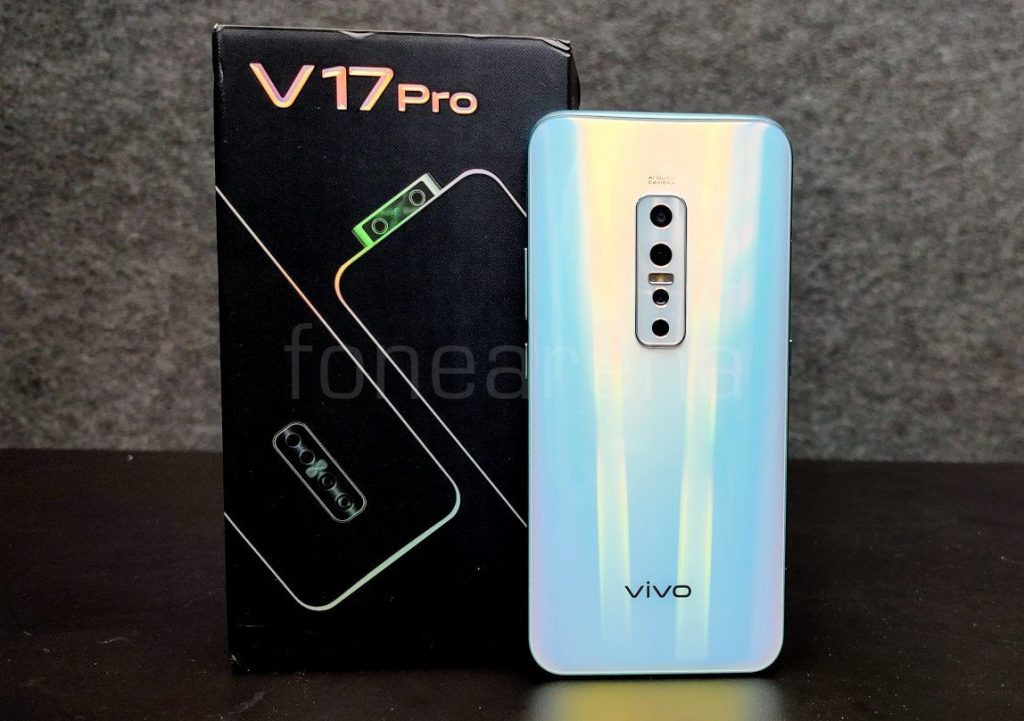
Coming to the performance, the phone is powered by an Octa-Core Qualcomm Snapdragon 675 64-bit 11nm Mobile Platform that has two Cortex A76-based Kryo 460 CPUs clocked at 2GHz per core and other six Cortex A55 Kryo 460 CPUs are clocked at 1.7GHz per core, comes with Adreno 612 GPU with support for Open GL ES 3.2, Open CL 2.0, as well as Vulkan graphics and 8GB LPDDR4x RAM.
Thanks to the larger Kryo 460 cores based on new Cortex A76, this is faster than the Snapdragon 710 that uses Kryo 360 larger cores based on Cortex A75. As you can see from the synthetic benchmark scores below, it is clear that the Snapdragon 675 SoC is better than the Snapdragon 665, however 710/712 is better GPU benchmark scores. We did not face any issues or frame drops in the graphic-intensive games, and PUBG works in full graphics. Similar to most phones, it gets a bit warm on intensive gaming and 4G data use, but it doesn’t too hot. That said, check out some synthetic benchmark scores below.
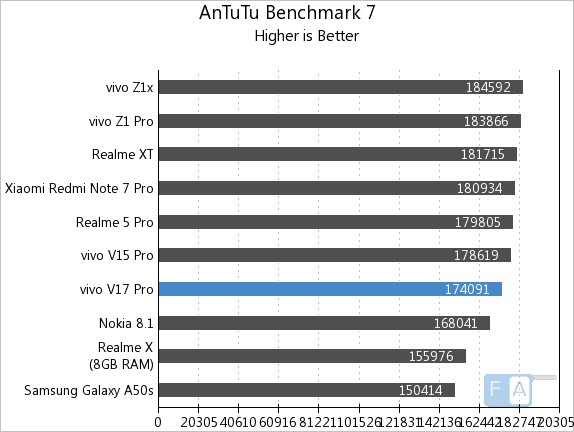
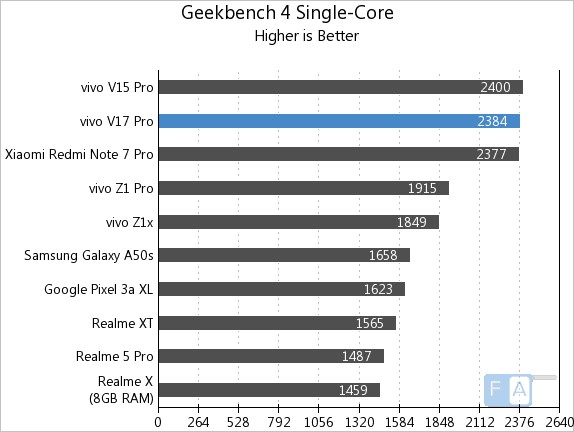


Vivo says that the phone comes with Multi Turbo which features Center Turbo that promises improvement in anti frame rate drop while playing games, AI Turbo that promises better experience in commonly used apps, Cooling Turbo that promises improvement in heating or temperature and Game Turbo for smooth gaming experience. The Ultra Game Mode offers several features such as Voice Changer, DND Mode, Game Countdown and more.
Battery life
Coming to the battery life, the 4100mAh battery lasts whole day even with heavy use and with average use it lasts for more than that. In addition to the default normal mode, there is a low power mode that lowers the CPU and GPU frequency, screen brightness and more to improve the battery life, and there is also a Super Power-saving mode that only enables contacts, phone, messages and clock. Even in normal mode, the phone kills some background apps that consumes more power, so you have to change the option to allow the app to continue running in the background.
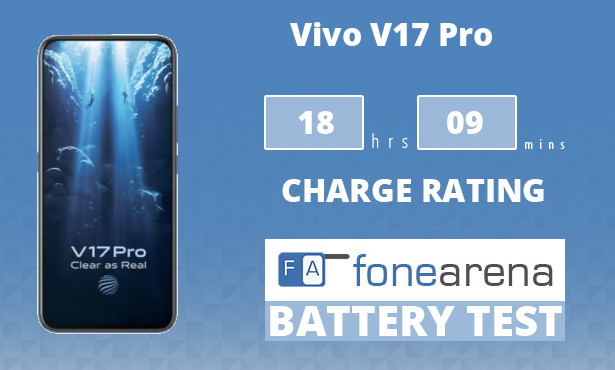
It achieved One Charge Rating of 18 hours and 9 minutes in our battery test, which is better than the V15 Pro, since this has a slightly bigger battery. Since the phone has support for 18W Vivo Dual Engine fast charging, it takes about 2 hours to charge it from 0 to 100%, and 0 to 50% takes 43 minutes. This is not as fast as the 22.5W fast charging as the Z1x, but this is decent. It also supports reverse charging that lets you charge other devices with an USB OTG cable. Unlike the V15 Pro’s micro USB port, this comes with USB Type-C Port, which is a good.
Conclusion
The Vivo V17 Pro brings in a lot of improvements, including a large no-notch Super AMOLED screen with minimal bezels, better in-display fingerprint scanner, glass body and good cameras compared to the V15 Pro. Even though there are no issues in the performance, Snapdragon 675 is a bit outdated, and the company could have gone with Snapdragon 730 or 730G considering the high price, and you have to manage the custom Funtouch UI.
Priced at Rs. 29,990, the phone is available on Flipkart, Amazon and other online stores as well as offline stores. To summarize, here are the pros and cons of the smartphone.
Pros
- Large no-notch Super AMOLED display
- In-display fingerprint sensor is fast
- Good design and build quality
- Good cameras
- Smooth performance
Cons
- Priced on the higher side
- Not a powerful SoC for the price
- UI might not be preferred by everyone
- Might be huge and bulky for some

